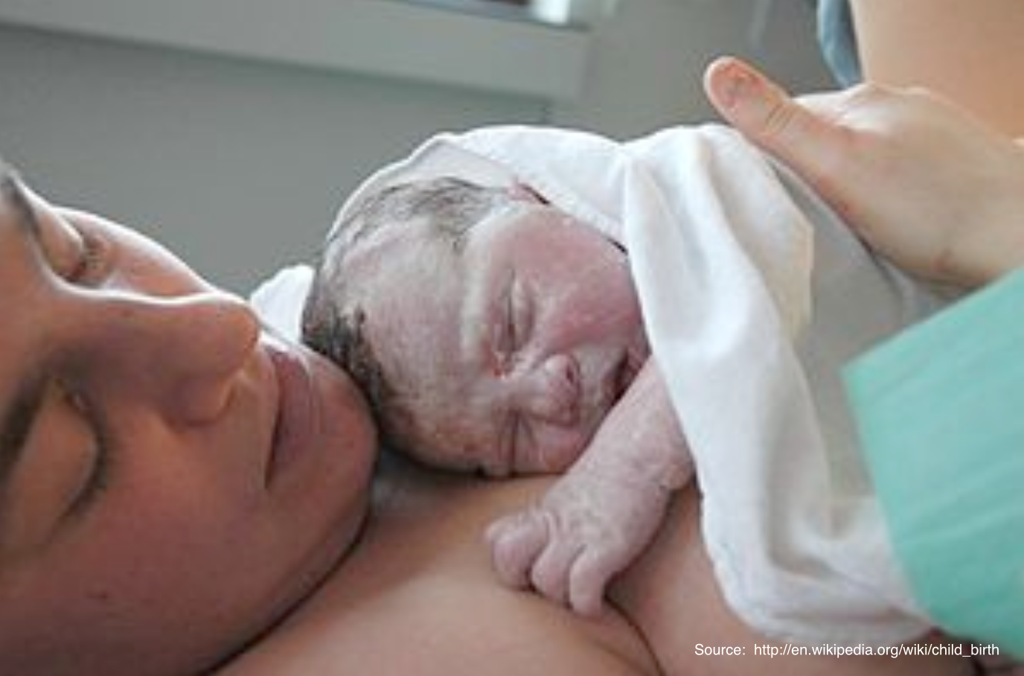Why Newborn Babies Need Skin to Skin Nurturing - Part One
The best place for newborn infants is on their mother. Skin to skin high up on her chest, where she can gently tilt forward and kiss them on their head. Not only is this where babies feel safe as they transition from life in the womb to the outside world, full of new experiences, it is the optimum position anatomically to maintain their airway.
As a neonatal nurse and health coach, I am passionate about nurturing newborn infants and enabling them to feel safe, secure, nurtured and loved. My research and experience of observing, well, less well and premature infants, has repeatedly shown me that skin to skin is where an infant prefers, and needs, to be. So why is anyone surprised about this and why is it not always considered a priority, at birth and in the days, (weeks for premature babies), following.
In this four part article I would like to look at the infant’s perspective of the impact that separation from their mother (and father / twin) has on their life and well being.
Caring for babies for many years within Maternity and Neonatal / Special Care Baby Units, has raised my concern about the short and long term effects for infants when they do not have their mother continuously present. In many countries, skin to skin for the first hour post birth is generally cherished and well ‘term’ infants and mothers (and often fathers) stay together while in post natal care. For sick and premature infants it depends on their gestation and wellness at birth and yes this needs consideration.
Following this precious hour, remaining on skin to skin is variable and usually less likely for unwell and premature infants rather than the norm. In the neonatal period, in many instances, premature babies are alone without their mother for hours and days, especially when she also has other responsibilities and children to care for.
Like so many other dedicated doctors, nurses and midwives, I have chosen to work with newborn infants and families and to ensure each individual baby receives evidence based safe, loving care of the highest calibre. Over the years we have progressed extensively in neonatal care by incorporating World Health Organisation (WHO) baby friendly initiatives, but there remains much more we can achieve. Nils Bergman and other researchers are demonstrating that we need to find ways to safely provide full neonatal care while maintaining skin to skin contact even for tiny babies. Hospitals and maternity units need to look at their practices and see how baby friendly they really are.
I am asking, ‘what can we learn from traditional civilisations, other mammals, and the extensive studies that are now showing us the impact of separation at both an individual, and society level?’
I am hopeful that in teaching and writing, I can share my experience and research with others, so it will become the norm to honour and respect the dynamic connection between an infant, their mother, and their family.
In part two, part three and part four, I will provide the insight and research to enable you to form your own opinions and maybe by spreading the word we can all make a difference within our own families and communities.


